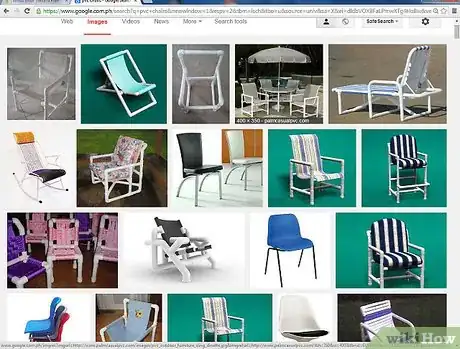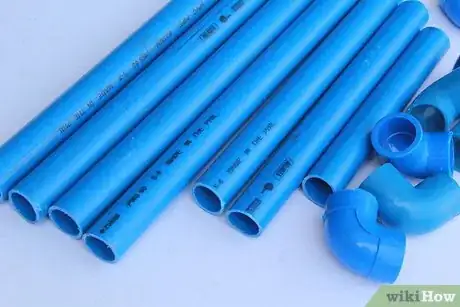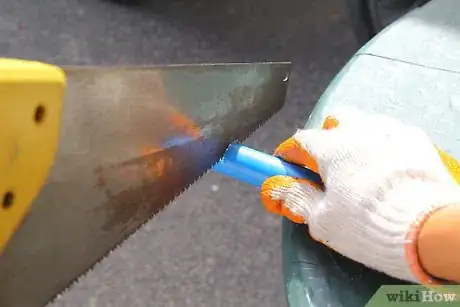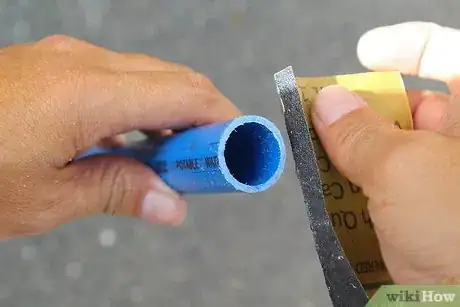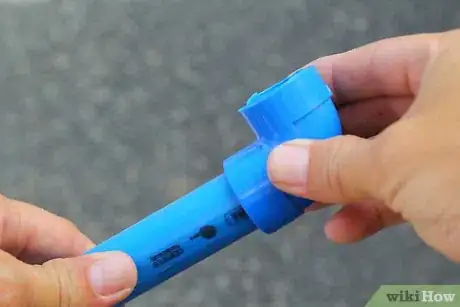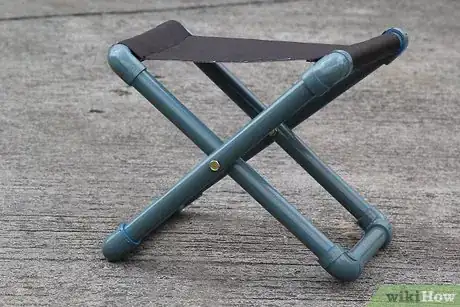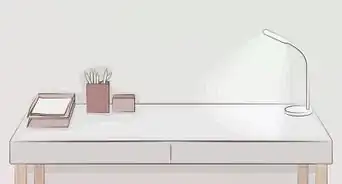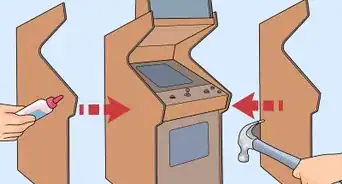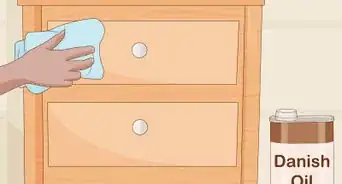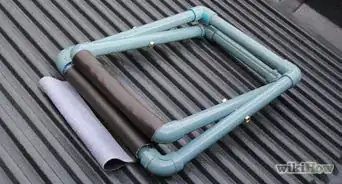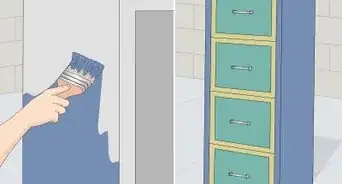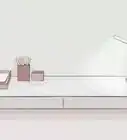X
wikiHow is a “wiki,” similar to Wikipedia, which means that many of our articles are co-written by multiple authors. To create this article, 19 people, some anonymous, worked to edit and improve it over time.
This article has been viewed 86,265 times.
Learn more...
Making furniture with PVC is a relatively inexpensive alternative to purchasing outdoor patio furniture. PVC (polyvinyl chloride) is a strong, durable plastic compound traditionally used in plumbing. It is corrosion resistant, easily cut and assembled, and ideal for outdoor use. You'd be surprised at the results you can get from piping designed to be connected to your sink!
Steps
-
1Decide on the pieces you want to make. For practical applications, outdoor patio furniture like PVC tables and chairs are the most common items. Consider a matched set with the traditional centerpiece table and 4 chairs. Bar stools are also a popular choice. Search for design plans, and get ideas from conventional furniture sources such as catalogs or online stores.
-
2Organize the materials you'll need. PVC pipe and connection fittings are easily obtainable at hardware or plumbing stores. When determining the size of the pipe and fittings, remember thicker pipe is more sturdy. Standard size for PVC chairs should be at least 1-1/4 inches (3.6 cm) in diameter, allowing for the weight of a typical adult.Advertisement
-
3Cut the pipe to the desired lengths. Follow a specific plan to ensure an accurate fit when assembling. Although building PVC furniture seems unorthodox, employing standard sizes is recommended. Use a tape measure for correct measurements. Keeping the blade straight for an even cut, saw through the pipe with a hacksaw or an electric reciprocating saw. Use a pencil to lightly mark the pieces.
-
4Prepare the PVC pipes for assembly. Use fine grit sandpaper, if necessary, to remove any burrs or rough edges on the cuts. Locate the pencil marks to match the fittings. Use "T's", "elbows," and 3- or 4-way fittings in the areas where the pipe needs to be connected. For example, "elbows" are required where the pipe needs to change to a 90 degree angle.
-
5Assemble the various pieces. Start at the base and connect the correct pipe pieces to the fittings, using a twisting motion. Be sure the pipe "bottoms out" by tapping firmly with a rubber mallet. Glue should not be necessary to make PVC furniture, unless the fittings are loose. Use PVC glue sparingly to avoid staining the pipe.
-
6Finish out for functionality. Building PVC furniture for years of enjoyment can be completed with the addition of wooden seats designed to fit snugly on the chair frames. PVC tables and chairs can then be introduced to your guests at an outdoor party or summer gathering.
- Cut notches in the corners of a water resistant portion of plywood to accommodate the pipes on the frames of the chairs.
- Woven fabric can be attached to the PVC by looping around the front and back of the chair frame and sewing the end of the fabric together.
- Your PVC table surface can be made of wood, as well. Teak or other rot-resistant wood should be used for outdoors. Simply cut to fit on top of frame.
- For more stability, bolt the table top down by drilling holes through wood and the PVC frame, using bolts, washers and nuts. Tighten firmly with adjustable wrench.
Advertisement
Community Q&A
-
QuestionCan I reglue the mesh used for back support at the top to PVC?
 Community AnswerProbably not, if the glue failed. Stainless fender washers or aluminum strapping and stainless screws will last longer than the mesh.
Community AnswerProbably not, if the glue failed. Stainless fender washers or aluminum strapping and stainless screws will last longer than the mesh. -
QuestionIf I want to build a two-part PVC bed frame for a car, is 1 1/2 PVC sufficient?
 Community AnswerNo. PVC isn't fond of summer car heat (glued joints can separate and lengthy pieces can sag). It's quite heavy and not very rigid for pieces longer than four feet. If you still want to try PVC, then I'd suggest 2" and don't penetrate the bottom of any pipe. You'd be much better off with pine 2x3's or 2x4's; they're cheap, light, and they screw together and hold spray paint very well.
Community AnswerNo. PVC isn't fond of summer car heat (glued joints can separate and lengthy pieces can sag). It's quite heavy and not very rigid for pieces longer than four feet. If you still want to try PVC, then I'd suggest 2" and don't penetrate the bottom of any pipe. You'd be much better off with pine 2x3's or 2x4's; they're cheap, light, and they screw together and hold spray paint very well.
Advertisement
Warnings
- PVC can emit dioxins when exposed to fire or intense heat. Keep PVC furniture away from open flames to avoid hazardous fumes.⧼thumbs_response⧽
- If PVC glue is required, avoid breathing fumes, use in a ventilated area only.⧼thumbs_response⧽
Advertisement
Things You'll Need
- PVC pipe and fittings
- Tape measure
- Hacksaw or reciprocating saw
- Pencil
- Fine grit sandpaper
- PVC glue
- Rubber mallet
- Variable speed drill
- Appropriate sized nuts, washers, and bolts
- Adjustable wrench
About This Article
Advertisement
